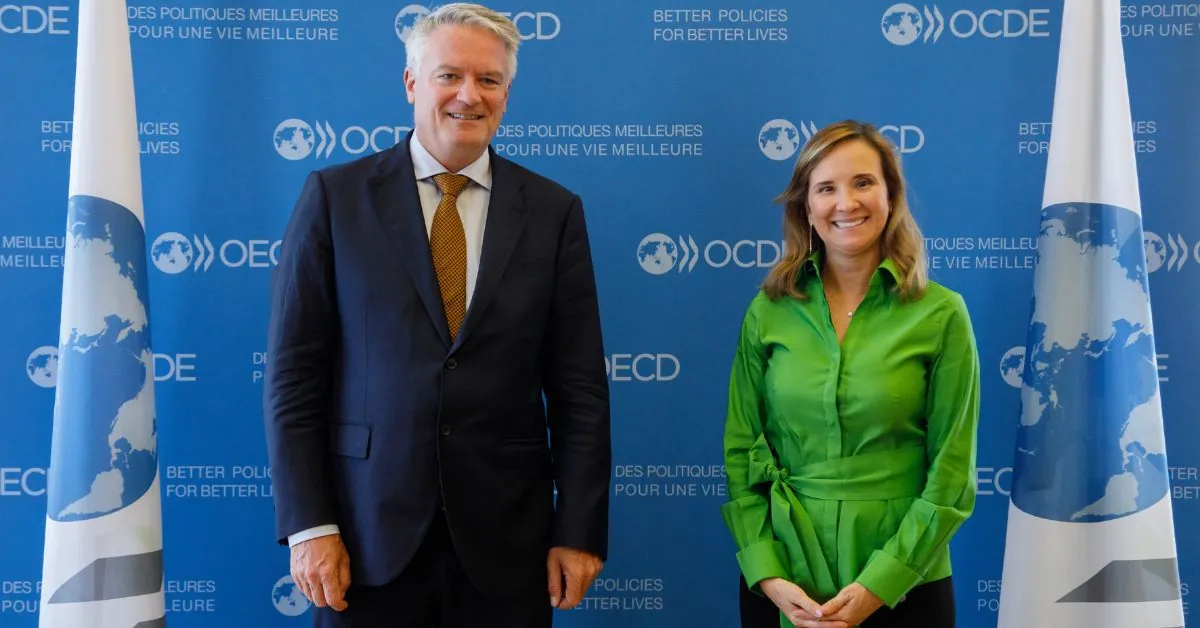China's Lending Practices Put Emerging Economies at Risk, New Study Reveals

China's Lending Practices Put Emerging Economies at Risk, New Study Reveals
NAIROBI, June 26, 2024 – A new study is raising concerns about China's lending practices and their potential impact on emerging economies. The study highlights China's common practice of securing loans to low-income countries with collateral like commodity revenues and deposits held in security accounts, a strategy that critics argue creates significant financial vulnerabilities.
The Growing Chinese Lending Footprint
China has become a significant lender to developing nations, particularly in Africa, Asia, and Latin America, offering infrastructure financing and development aid. While this lending has fueled economic growth in some regions, it has also raised questions about debt sustainability and the potential for economic dependence. Traditionally, Western lending institutions often provided loans with more flexible repayment terms and a focus on broader economic development. China’s approach, however, often prioritizes securing assets as collateral.
Collateral Concerns and Risk Exposure
The study points to the risks associated with China’s collateral-based lending. When countries struggle to repay their loans, China has the right to seize the pledged assets, including valuable commodity revenues. This can disrupt local markets, impact government budgets, and further destabilize already fragile economies. The use of security accounts, where funds are held by Chinese banks, also restricts the borrower country’s access to their own revenue, hindering their ability to invest in essential services and development projects.
Case Studies and Real-World Impacts
Several countries have already experienced the consequences of these lending practices. Zambia's debt crisis, for example, has been partly attributed to its reliance on Chinese loans secured against copper revenues. Similarly, Sri Lanka’s economic struggles have been linked to its significant debt burden to China, including loans used for infrastructure projects.
The Need for Greater Transparency and Sustainable Lending
Experts are calling for greater transparency in China’s lending practices and a shift towards more sustainable lending models. This includes:
- Debt Sustainability Assessments: Rigorous assessments of borrowers' ability to repay loans before they are disbursed.
- Flexible Repayment Terms: Offering more flexible repayment schedules to accommodate economic fluctuations.
- Reduced Collateral Requirements: Minimizing the reliance on asset collateral, particularly commodity revenues.
- Multilateral Cooperation: Increased collaboration between China and international financial institutions to coordinate lending and address debt vulnerabilities.
Looking Ahead
The findings of this study underscore the need for emerging economies to carefully evaluate the terms and conditions of loans from China and to diversify their funding sources. International organizations and donor countries also have a role to play in promoting responsible lending practices and supporting debt sustainability in developing nations. The future economic stability of many countries hinges on a more transparent and equitable approach to international lending.





